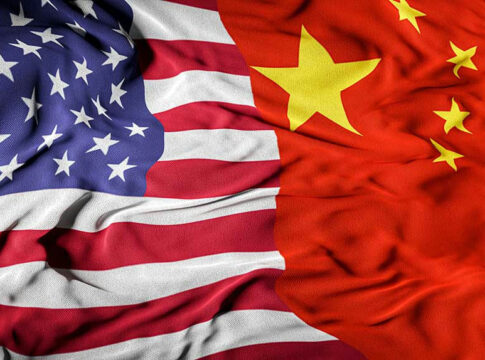President Trump’s new executive order to bolster domestic pharmaceutical manufacturing underscores a critical shift towards prioritizing American-made ingredients, challenging foreign reliance.
Trump’s Strategic Move to Enhance U.S. Pharmaceutical Chain
On May 5, 2025, President Donald Trump signed a pivotal executive order aimed at fortifying the U.S. pharmaceutical supply chain by reducing dependency on foreign suppliers, particularly from China. This move mandates the creation and maintenance of a strategic reserve for crucial pharmaceutical ingredients and directs federal agencies to streamline regulatory processes to boost domestic drug manufacturing. The order represents a significant policy shift towards pharmaceutical supply chain nationalism, emphasizing national security and public health priorities.
Background and Historical Context
The reliance of the U.S. pharmaceutical industry on foreign sources for active pharmaceutical ingredients (APIs) has been a growing concern. By 2020, only about 10% of APIs for U.S. drugs were produced domestically, highlighting vulnerability during public health emergencies like COVID-19. This vulnerability prompted a series of executive actions, including EO 13944 in 2020, to address these supply chain weaknesses. The renewed push in 2025 under Trump’s administration seeks to further incentivize domestic production and secure the supply chain against geopolitical and pandemic-related disruptions.
Various federal agencies, including the FDA, EPA, and OMB, are tasked with coordinating efforts to expedite permitting and regulatory processes for domestic manufacturing. This coordinated approach is expected to enhance the U.S. pharmaceutical sector’s resilience against foreign supply chain disruptions.
Implications and Industry Response
The executive order has stirred cautious optimism among domestic manufacturers who stand to benefit from reduced regulatory barriers and increased market opportunities. However, they also face challenges related to rapid capacity expansion and increased compliance costs. Industry experts estimate that building new manufacturing capacity could take 5 to 10 years. While this policy shift aims to reduce U.S. dependency on foreign sources, it could also lead to higher drug prices if domestic production costs exceed those of imports.
Trump Signs Order to Refill Strategic Reserves of Pharmaceutical Ingredients | The order is part of a push to reduce U.S. dependency on adversary nations for key raw materials needed to make medicines, according to the White House. -The Epoch Times https://t.co/IPRAzA9VJp
— Doug Bell (@therealdougbell) August 14, 2025
The order’s focus on reshoring pharmaceutical manufacturing is seen as essential for national security and pandemic preparedness. However, some critics question its feasibility and potential for increased trade tensions. As agencies begin regulatory reviews, the long-term economic impact remains uncertain.
Sources:
Trump executive order aims to reshore U.S. pharmaceutical production
Trump Administration Issues Executive Order on Pharmaceutical Manufacturing
Trump Executive Orders Seek to Encourage Reshoring of Pharmaceutical Manufacturing and Research

